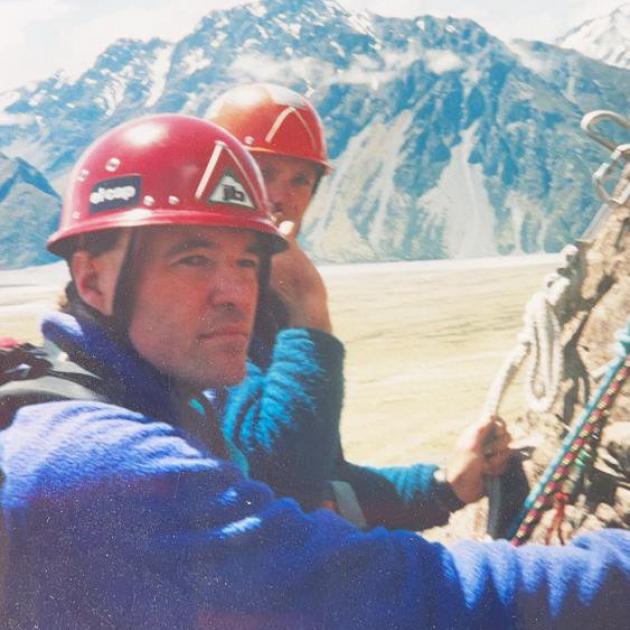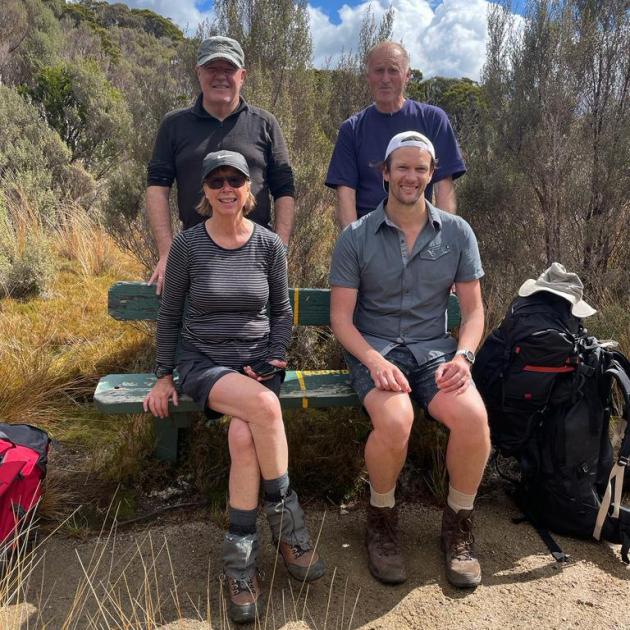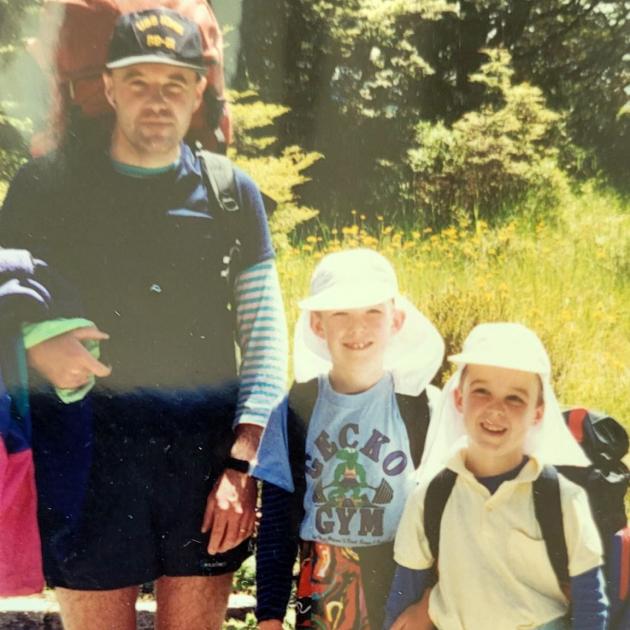
And after almost 47 years of serving the cause of conservation he is in a reflective mood.
"Cave Creek is in my DNA.

The Department of Conservation western South Island operations director retired yesterday after nine years in the role, and a 47-year career in conservation.
"I’ve been through an interesting decade in time.
"The highlight is people. The place is special.
"Serving the community and serving iwi, you certainly see how integrated iwi are to the community, in working together."
He leads a team of about 200 staff with oversight of 84% of the region’s entire land area, which stretches over 600km and includes some of the country’s most iconic visitor sites.
He is the face of Doc, leads day-to-day operations, and is a figure at the regional leadership table.
But in a profound reflection at the end of a long career, Mr Davies paused and noted the impact of the darkest of days for Doc: the Cave Creek disaster.
When a group of Tai Poutini Polytechnic students died after a Doc viewing platform collapsed at Cave Creek on April 28, 1995, the public trust in Doc profoundly shifted.
The tragedy continues to reverberate in the West Coast community.
Mr Davies said it had driven him every day he had gone to work since, as the victims and their families’ pain was somehow always at the heart of what he does.
"The Cave Creek tragedy is defining in New Zealand’s history and the history of Doc."

He paid tribute to the families’ generosity, in continuing to walk alongside Doc in the aftermath.
"Doc is a better organisation past Cave Creek.
"I’m proud of our work both with the tangible infrastructure but also in intangible infrastructure."
He began his career on the doorstep of the West Coast in the Arthur’s Pass National Park and fittingly he concludes his career back in the region.
He has West Coast roots: a grandmother born at Gladstone near Greymouth, and a Welsh-born grandfather migrating to Hector in northern Buller where he worked in mining at Millerton.
In an age when the visibility of public servants has retrenched from the regions, the role Mr Davies fills remains a key one.
He saw Doc as moving more in tandem with the region.

The West Coast Doc area is unique in New Zealand for its integrated landscapes.
It includes five national parks with a diverse cross-section of landscapes and biodiversity, which stretches from the Southern Alps to the sea.
"On the West Coast, Doc gets to manage landscapes, whereas in the North Island you might be managing a patch of bush up the back.
"The West Coast has internationally recognised World Heritage sites with mountain to sea profile. That’s a privilege."
There was a great opportunity for a more holistic approach to managing the region — specifically where Doc and the four councils could be more aligned to ensure the "aspirational" West Coast slogan of "untamed natural wilderness" was a reality.
He believed "West Coasters loved their environment" and its residents had a pride in the diverse opportunities this represented.
Doc’s role was to both protect and support, while enabling residents and visitors alike to enjoy it.

"I’m not just a person who comes to work thinking ‘legacy’.
"But one of the things I’m most proud of on the West Coast is being given the opportunity for Doc to have a voice around the regional leadership tables — investing time and listening to their story.
"We’ve worked hard to ensure that the management of public conservation land has tangible benefits for West Coasters."
He acknowledged the significant challenges — not least the region’s small residential population of 32,000 and its tiny rating base — about 22,000.
Doc’s key role in managing visitor sites hosting over a million visitors annually was hugely significant to the local economy.
It represented 45% of the region’s GDP.
Christchurch-raised Mr Davies began his conservation career years before what is now known as Doc was formed.

"At the end, my supervisor said ‘I don’t know if this is for you Mark’."
But he was determined and went to Lincoln College (now Lincoln University) to do the ranger course.
Afterwards he was accepted by Lands and Survey, starting at Arthur’s Pass.
During his 10-year stint at Arthur’s Pass, the Davies began to raise their three children.
From there he progressed to Doc roles across the central North Island, for over 20 years before returning south.
He foresaw moving back to Taupo, the place his now-adult children still regard as home.
Doc has evolved in that time.
The ideal of preventing the collapse of indigenous biodiversity seemed possible, and it now seemed tangible for very large sections of the region to be pest free.

"I think it’s real now. It is possible — we can do it. It’s really exciting."
Doc offered world-class visitor experiences including at Fox Glacier, Franz Josef, the Hokitika Gorge, Punakaiki and Oparara.
He suggested Doc’s role was much broader than some might think.
"If you want to save the birds, you build a zoo but if you want to have healthy landscapes and ecosystems ... our catchments need to be resilient."
There is an ongoing battle against possums, goats, stoats and deer pressing.
Browsing pests, putting forest canopies on the verge of collapse at a time of increasing extreme weather, presses the urgency.
Forest collapse and the direct correlation with river catchment impacts is familiar territory in New Zealand for 100 years.
It drove the first government deer culling programme from the 1930s. It also led to the formation of the first Arthur’s Pass National Park in 1929.

"Arthur’s Pass, the first national park in 1929, it was about flood protection linked to Christchurch. We’ve understood these connections for a long time."
Mr Davies said Doc contributed significantly to the social and economic wellbeing of the West Coast community and it had a clear mandate for that from central government.
He cited the success of the more recent Jobs for Nature programme and ongoing infrastructure projects.
"The biggest opportunity for the region going forward is to get the big regional issues in the view of the conservation management strategy and the Te Tai o Poutini Plan, so we have an integrated statutory framework to manage outcomes for this region."
He hands the reins over to Owen Kilgour, a West Coaster who joined Doc after working overseas.
Mr Davies was pleased Mr Kilgour’s leadership abilities had been fostered through Doc.
"The real strategic challenge is how do you encourage, demonstrate that going away and going to university sets you up so you can come back?"
By Brendon McMahon









